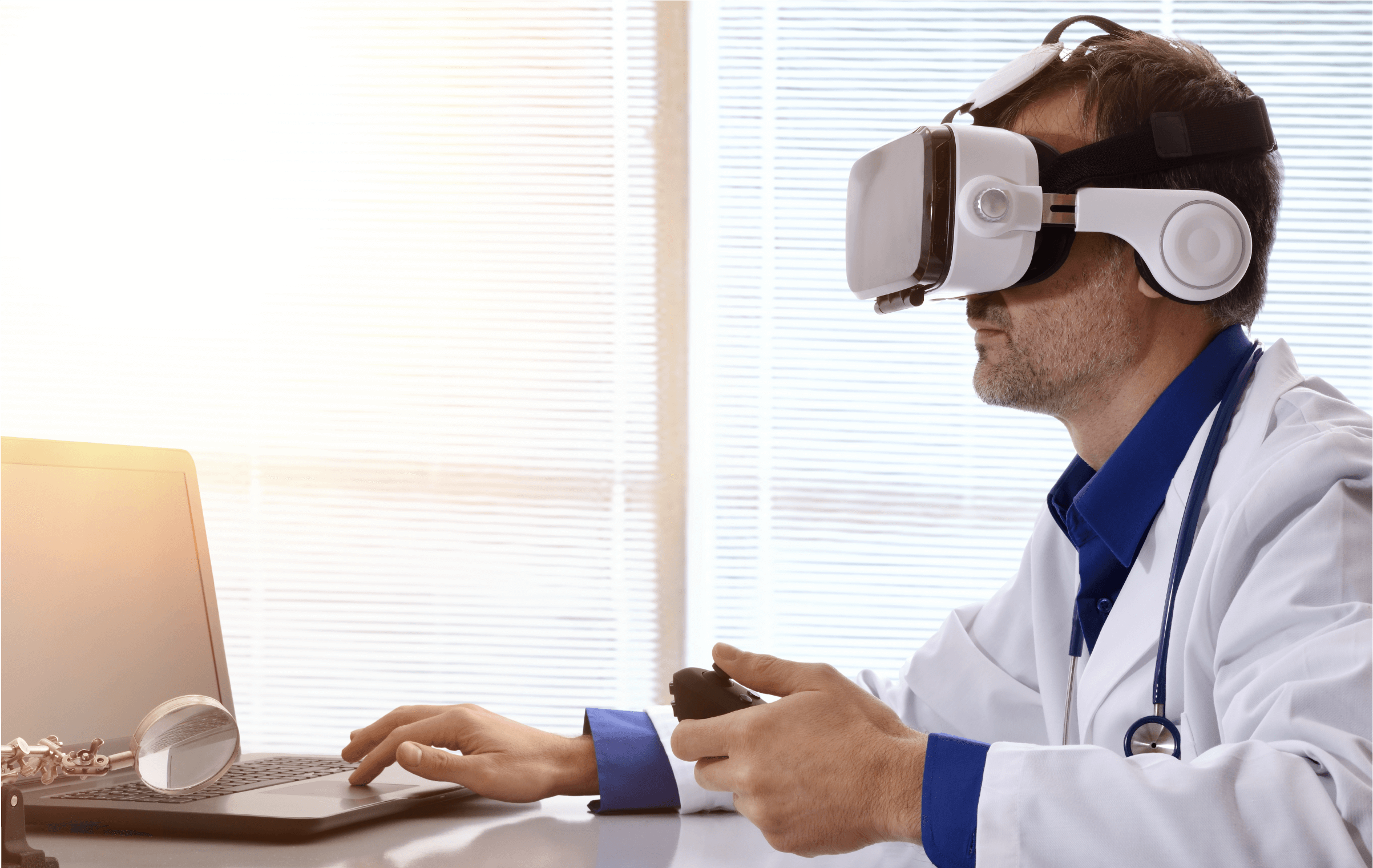The art of customer engagement
Gamification is the “fancy” term for using game mechanics and experiential design to digitally engage and motivate users to achieve their goals. It is essentially gamified content
Giving users a unique experience across digital mediums that doesn’t exist in traditional marketing, brands use gamification to apply interactive playing elements, as well as trackable and teachable moments for their customers, with direct objectives that are rewarded once completed—keeping them coming back for more
Software supporting game-based marketing provides businesses with valuable customer data and insights to further understand the behaviors and attitudes of their targets
What it means for healthcare
The healthcare gamification market is seeing major growth and is set to exceed $40 billion globally by 2024. To complement that, in Feb 2020, Jun Group surveyed its in-app audiences, finding that 82% of HCPs play mobile games daily, with 65% saying that they play multiple times a day. While gamification is not “gaming,” the two have similar aspects— competition, ranking lists, scoring systems, and incentives (most commonly a loyalty program), fueling the rationale behind healthcare’s game‑based future
Applying game mechanics to HCP @home marketing efforts has significant potential to activate, educate, and engage the care and treatment of patients. This process motivates audience participation while making mundane tasks more fun and interactive
Incorporating gamification techniques into communication strategies can propel your business forward; for example:Training of doctors in disease MOA, product launch, complex diagnosis scenarios, treatment administration, implant and wound closure techniques, removal of cancerous lesions, and much, much more—across both pharmaceutical and medical device industriesHelping HCPs with treatment management, disease monitoring, and brain health, while incentivizing patients to stick to medicine regimens. According to the Medical Futurist Institute, 50% of patients with chronic diseases do not follow the prescribed treatment. Gamified health tracking creates an environment that keeps the patient from straying from the appropriate therapy pathGathering relevant HCP and patient data. Software motivates users to give more feedback which, in turn, helps companies find trends, make products that better address the needs of the target audience, and find new business modelsGet inspired by these healthcare gaming apps







